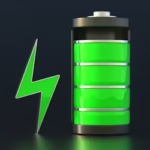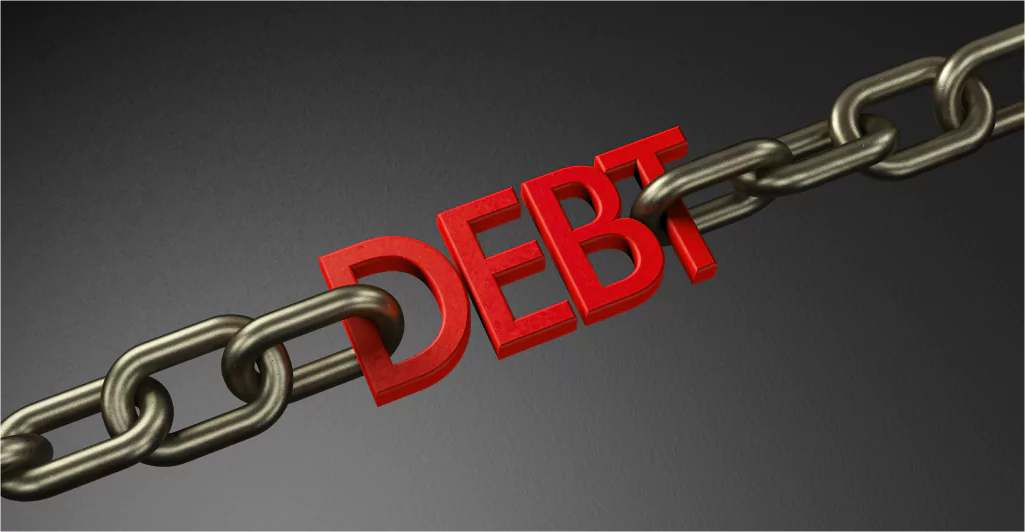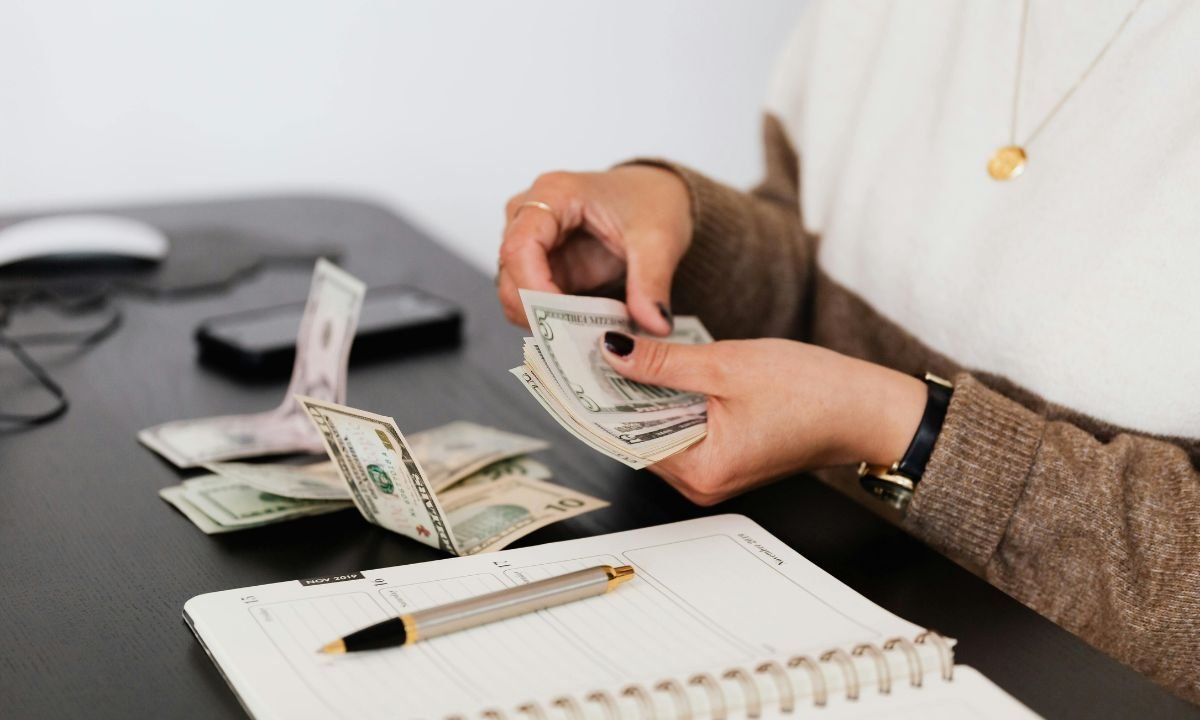Getting caught in a debt trap is a frustrating and stressful experience that many people face, often without realizing how they got there. At its simplest, a debt trap occurs when you spend more than you earn and rely heavily on credit to cover the difference. While overspending on wants can definitely lead to trouble, sometimes even necessary expenses combined with a lack of savings can push someone into this cycle. If you find yourself struggling, exploring debt relief programs might offer a lifeline to break free. Let’s take a closer look at the common reasons debt traps happen and how you can avoid falling into one.
Borrowing to Cover More Than You Can Afford
One major cause of debt traps is relying on credit cards or loans to pay for everyday expenses or unexpected bills. When income doesn’t stretch far enough, it’s tempting to use credit as a cushion. But borrowing comes with interest and fees that add up quickly, increasing your overall debt.
As the debt grows, making even the minimum payments can become a challenge. The higher interest means more money goes toward fees rather than reducing what you owe, creating a vicious cycle. Recognizing when you’re borrowing beyond your means is key to stopping a debt trap before it deepens.
The Danger of Insufficient Savings
Not having enough savings for emergencies is a silent trigger for debt traps. Life throws curveballs—car repairs, medical expenses, or job loss—and without a financial buffer, borrowing can seem like the only option.
Building an emergency fund, even a small one, is essential. It can cover these costs without forcing you onto credit that may lead to spiraling debt. This safety net not only prevents debt but also brings peace of mind.
The Role of Unplanned Spending
While borrowing for necessities is understandable, unplanned or impulsive spending can also sneak people into debt traps. It might be tempting to buy things to boost your mood or keep up with friends, but when these purchases exceed your budget, they create holes in your finances.
Tracking your spending helps you spot these patterns. By becoming more aware, you can make conscious choices that keep your expenses in check and avoid adding unnecessary debt.
Minimum Payments: A Trap in Disguise
Making only minimum payments on credit cards or loans might feel manageable month to month, but it’s a hidden trap. Minimum payments often cover just the interest or a small portion of the principal, meaning your debt barely shrinks.
Over time, this can extend your repayment period to years or even decades, with you paying much more than the original amount borrowed. Striving to pay more than the minimum is an important step toward escaping a debt trap.
Emotional Stress and Debt Decisions
Debt traps aren’t just about numbers—they’re tied to emotions too. Stress, anxiety, or feelings of hopelessness can cloud judgment and lead to poor financial decisions.
Sometimes, people borrow more to deal with emotional struggles, creating a cycle where debt worsens stress, which in turn leads to more borrowing. Seeking support, whether through counseling or debt relief programs, can help break this emotional and financial loop.
The Impact of Lifestyle Inflation
As income rises, it’s easy to increase spending proportionally, a behavior known as lifestyle inflation. While upgrading your lifestyle is rewarding, doing so without savings or paying off existing debts can push you closer to a debt trap.
Keeping spending growth slower than income growth allows you to save and invest, building a healthier financial foundation.
How Debt Relief Programs Can Help
If you’re already in a debt trap, don’t despair. Debt relief programs provide options like negotiating lower interest rates, consolidating debts, or creating affordable payment plans. These services help make your debt manageable and give you a clear path to becoming debt-free.
Using such programs can relieve the financial pressure and help rebuild your credit, offering a fresh start.
Preventing Debt Traps: Practical Tips
- Create and stick to a budget: Know exactly where your money goes each month.
- Build an emergency fund: Start small and grow your savings steadily.
- Avoid borrowing for non-essentials: Use credit only when necessary and affordable.
- Pay more than the minimum: Reduce debt faster and save on interest.
- Seek help early: Don’t wait until debt becomes unmanageable to explore debt relief options.
In Conclusion: Awareness Is the First Step
Debt traps can happen to anyone, often from a mix of small choices and unexpected events. Understanding how they form is the first step toward avoiding them. By managing spending, building savings, and seeking help when needed, you can protect yourself from falling into the cycle of debt. Remember, it’s never too late to take control of your finances and start moving toward financial freedom.











